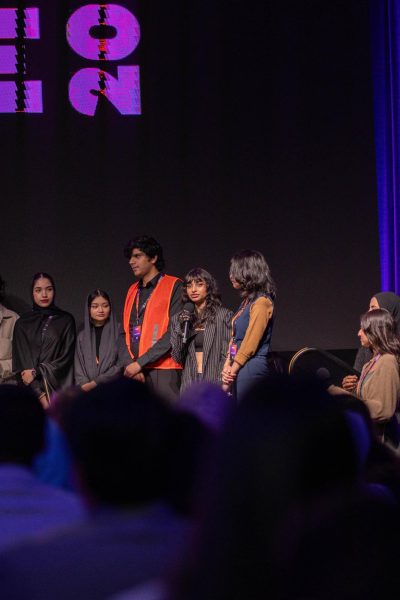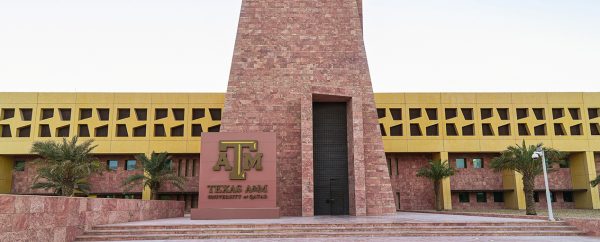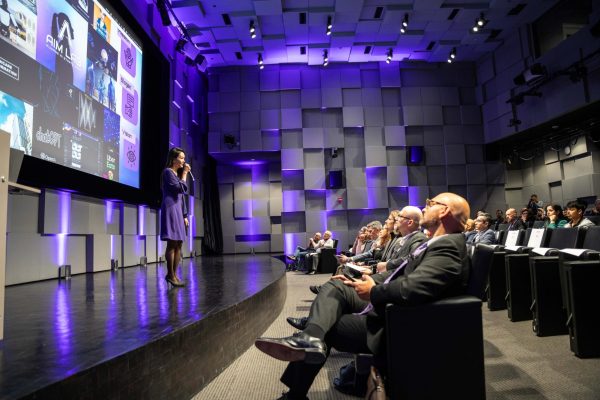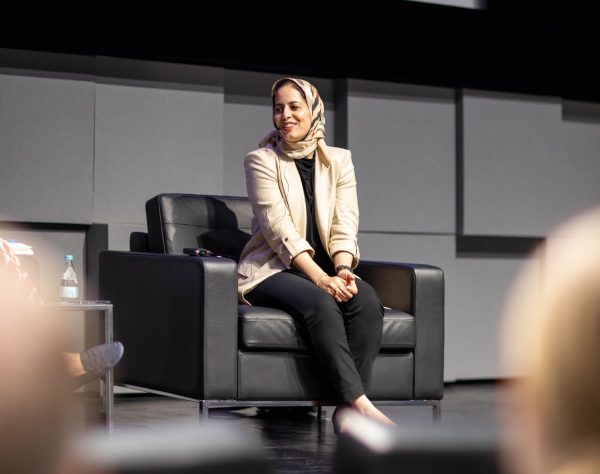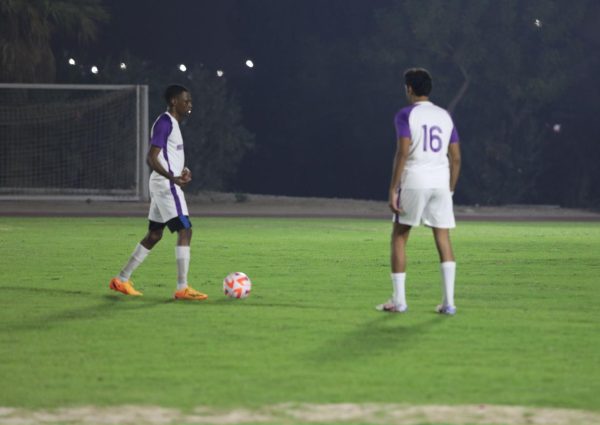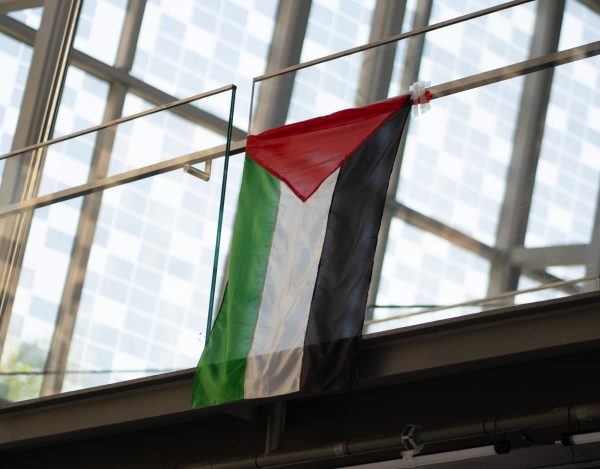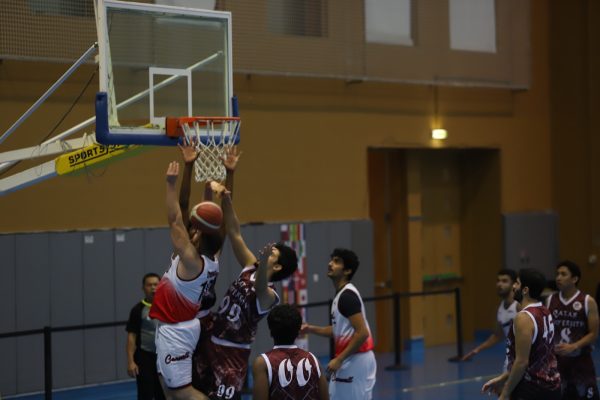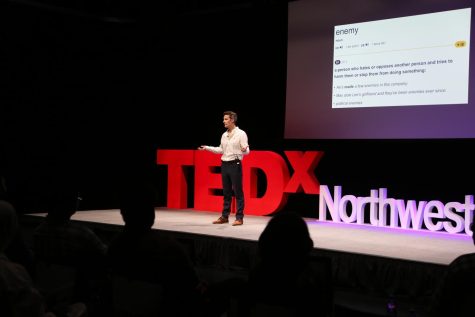Artists behind iconic political images speak at VCUarts Qatar
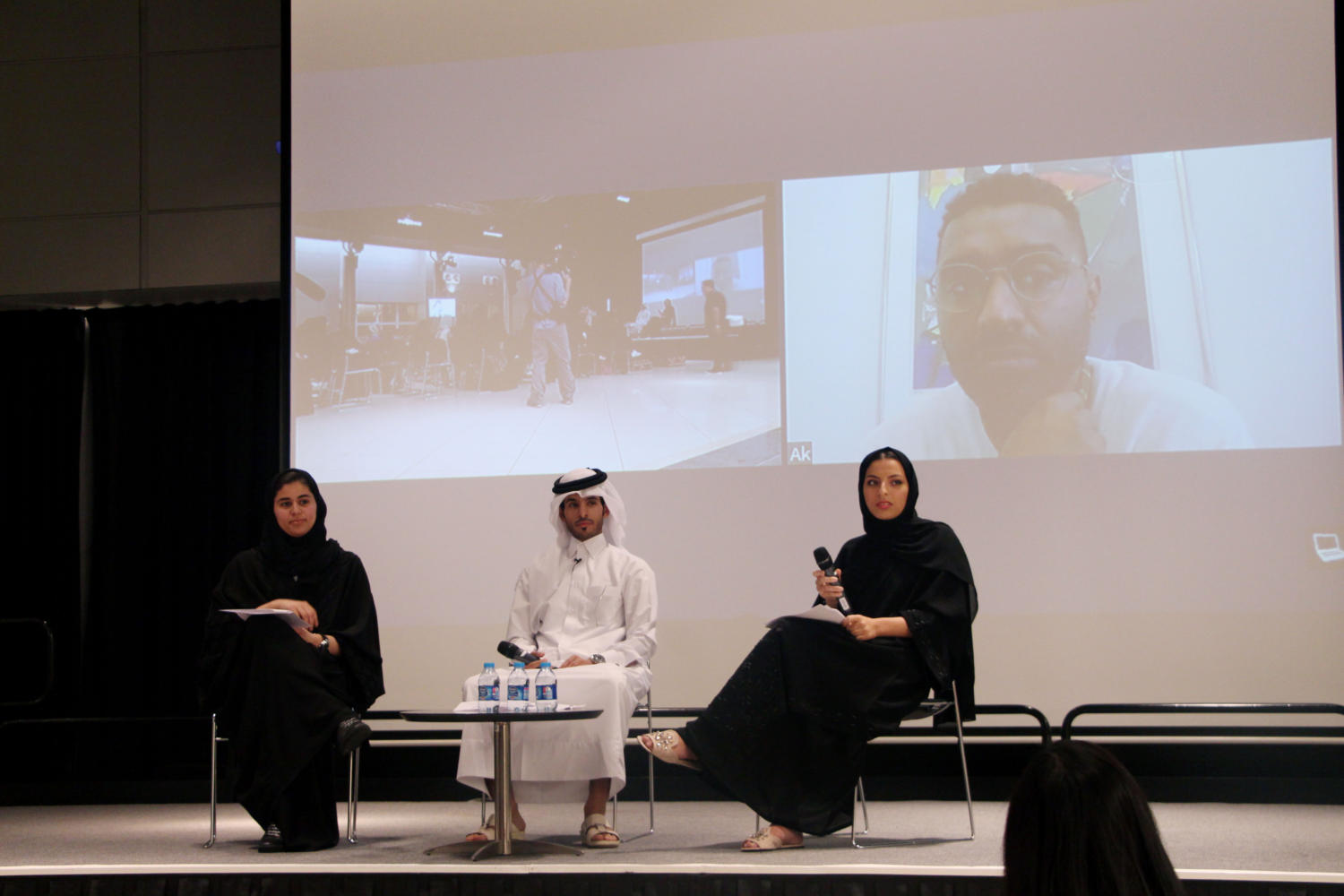
Viral artists Ahmed Almaadheed and Khalid Albaih spoke on a panel discussing art as a political tool at Virginia Commonwealth University School of the Arts in Qatar on Sept. 25, 2017.
Ahmed Almaadheed is the Qatari artist behind the iconic black and white image of Sheikh Tamim bin Hamad Al-Thani that is currently displayed all over Qatar. Khalid Albaih, a Sudanese cartoonist living in Doha, is the creator of the cartoon of American football player Colin Kaepernick kneeling, with his hair transformed into a black fist. Both artists’ works have become images representing strong political movements.
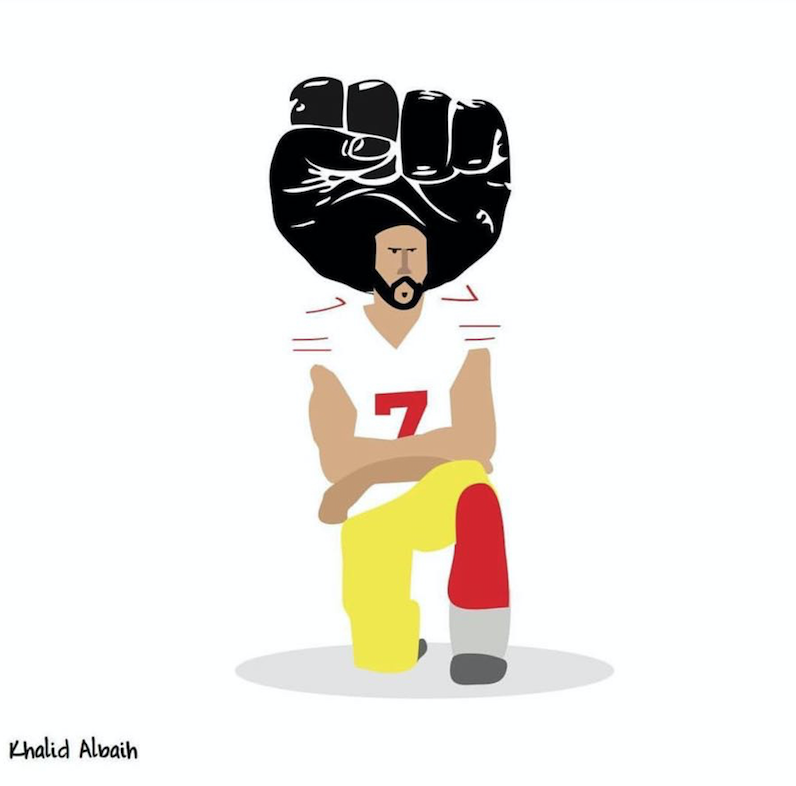
Ever since Saudi Arabia, the United Arab Emirates, Bahrain and Egypt cut off diplomatic ties with Qatar in June, Almaadheed’s image of the Qatari emir, with the text “Glorious Tamim” written in Arabic calligraphy underneath, has become an iconic statement used to convey citizens’ solidarity with him.
“We did not need an idea or a direction, especially for a person who is patriotic. What happened to Qatar made us explode our feelings,” he said. He added that his piece was a result of the patriotism he felt after the blockade.
Albaih’s cartoon represents Kaepernick, a former San Francisco 49ers quarterback, who knelt during the U.S. national anthem in the NFL 2016 football season to protest police brutality against African-Americans in the United States.
Albaih said he has always been interested in the U.S. civil rights movement. When he saw Kaepernick kneeling, he was reminded of two other African-American athletes, John Carlos and Tommie Smith, who in the 1968 Olympics also protested against racial injustice by raising their fists in black gloves during the U.S. national anthem. This display of protest is now known as the “Black Power Salute.” This is why, Albaih said, he drew Kaepernick kneeling, with his hair turned into a fist. He wanted his art to show how discrimination is still an ongoing issue, since then and till now.
The two artists said they strongly believe that art can change a society.
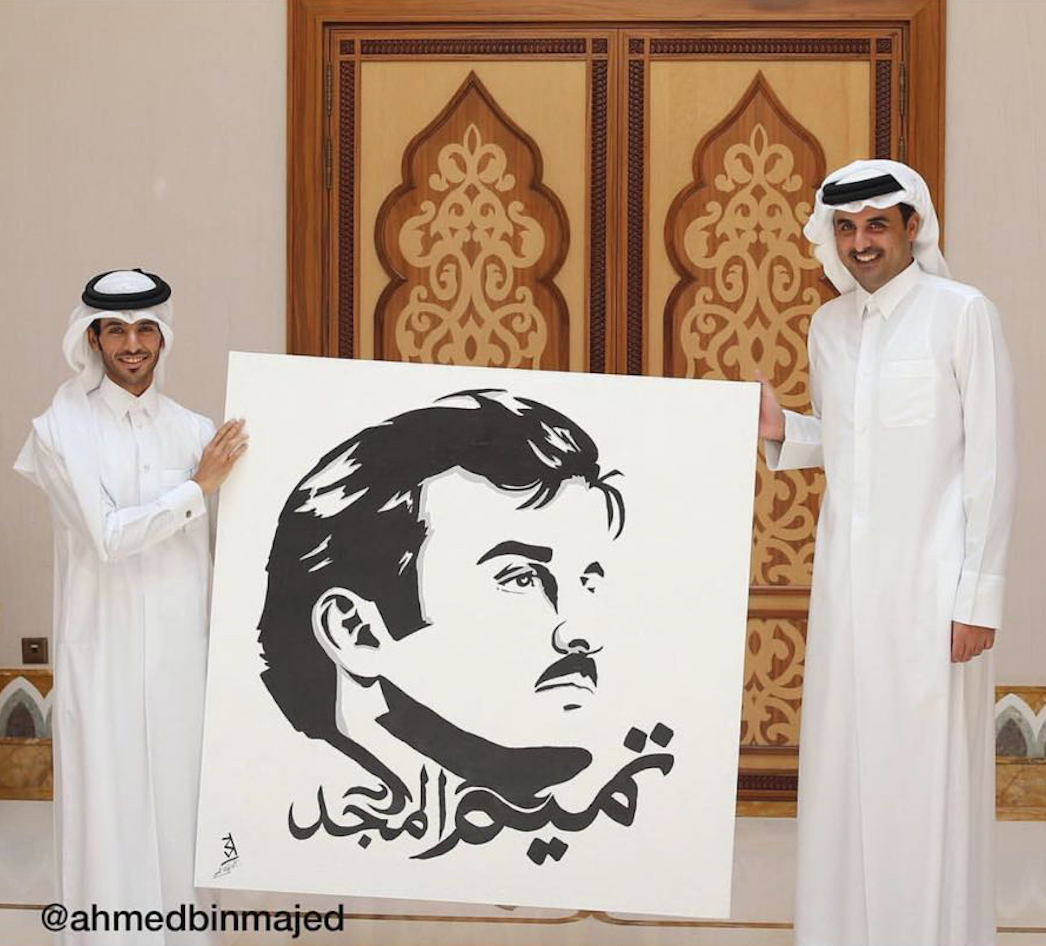
Art changes the minds of people, according to Almaadheed, and it can create hope when society needs it. He added art can bring people together by illustrating what they share in common – in Qatar’s case, citizens and expats’ love the for the emir. He cited as an example people coming together to sign walls that featured his image of “glorious Tamim.” These walls can be found at the HBKU Student Center and VCUarts Qatar in Education City, as well as in various malls and public spaces around the country.
Albaih discussed how in political events the first thing that emerges is often art. Icons are essential to represent that people belong to a movement, he said.
“I do not think that art starts a revolution, but art is part of a revolution,” Albaih said, explaining how street art was prominent in Tunisia during the Arab Spring and was a focal point for a lot of media attention.
Neither artist said they expected their work to go viral, which is an unpredictable phenomenon, they both agreed.
Almaadheed explained that he had worked on many funded projects that did not go viral; however, when he designed the image of the emir out of sincerity, it went viral even though he did not receive a request to create it and was not paid for it.
The secret behind viral images is to choose the right time and to draw pieces that illustrate current issues, according to Albaih. However, he qualified that images only go viral for a specific time and then stop, even though the event may be still happening, such as the Syrian War. He added that artists should not always be running on “the hamster wheel,” following what is covered in the news, but should also create art that raises awareness about marginalized topics.
He said he believes that art is a way to start a conversation about what is going on around the world. “For me it is just to get you thinking on another topic,” Albaih said.
Both artists had shared their work on social media, where anyone can use their artwork for free. “Once you put it online you have no control over your art piece,” Albaih acknowledged.
Both have had other successful pieces of work as well.
Almaadheed designed the mascots of the 2011 AFC Asian Cup Final, which was held in Qatar. He said he plans to continue designing in hope of becoming an international artist.
Albaih has had several other images go viral, such as his Choices for Syrian Children. The cartoon depicts what happens to Syrian children who leave or stay in Syria during this time of conflict. Children who stay are portrayed through the real life story of five-year-old Omran Daqneesh, whose picture went viral after he was photographed sitting in an ambulance with blood on his face after surviving an airstrike on Aleppo. Syrian children who leave are represented through Alan Kurdi, a three year old who drowned in the Mediterranean Sea and whose body washed ashore on a Turkish beach.
Several news organizations featured Albaih’s Choices for Syrian Children cartoon, including CNN, Al Jazeera, BBC and Buzzfeed. Similarly, he was interviewed by Al Jazeera, CNN, Doha News and several other outlets for his cartoon of Kaepernick.
Albaih said he plans to continue his career as a political cartoonist, adding that his work focuses on current events, and that he can never predict what is going to happen in the future.



